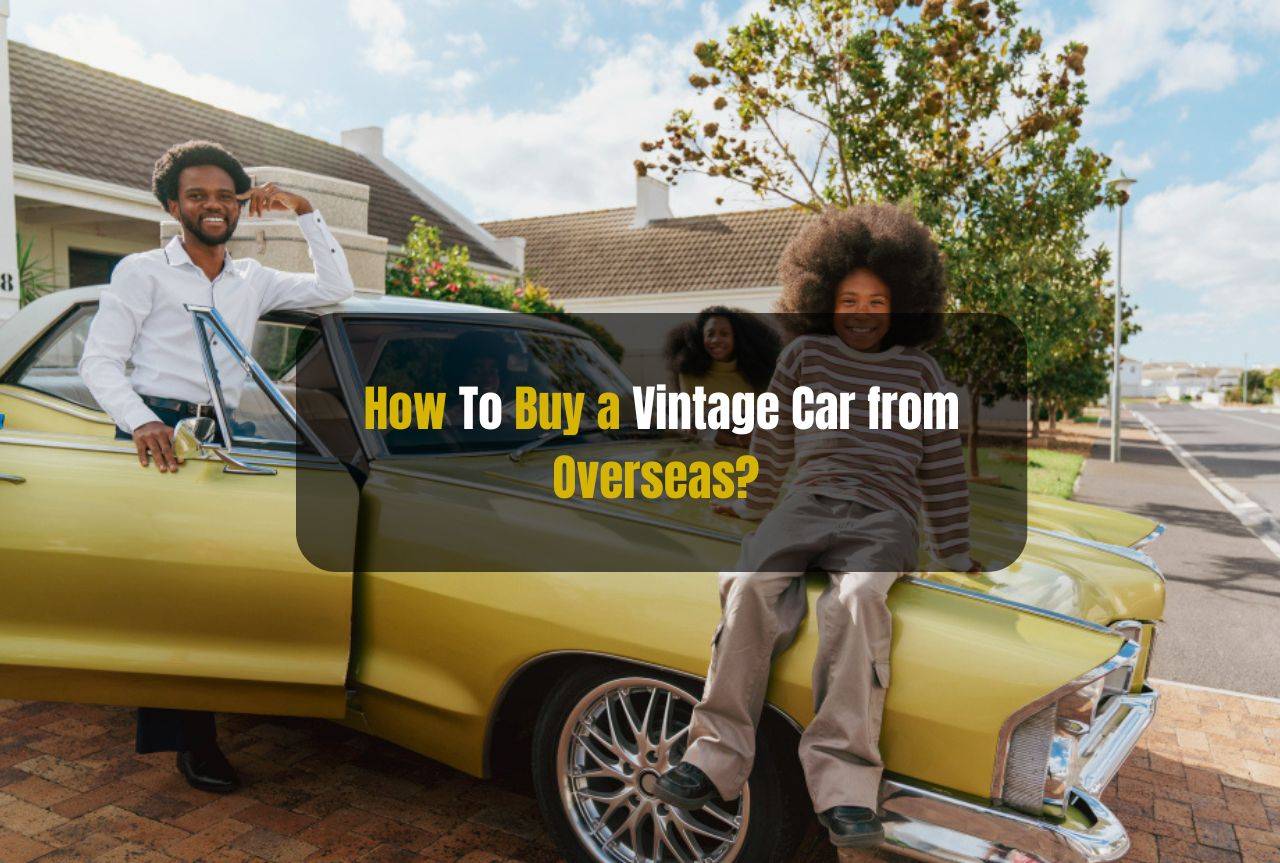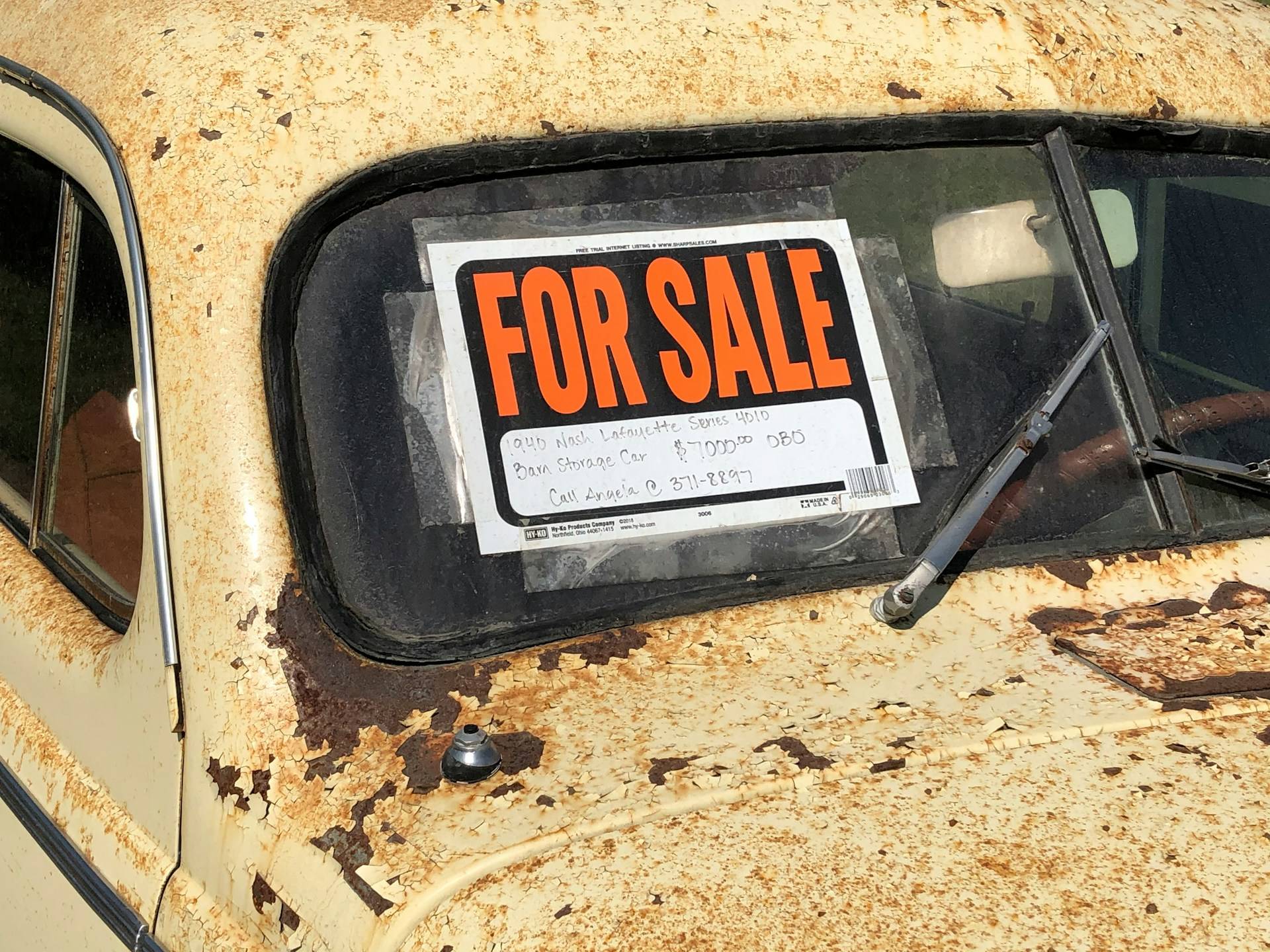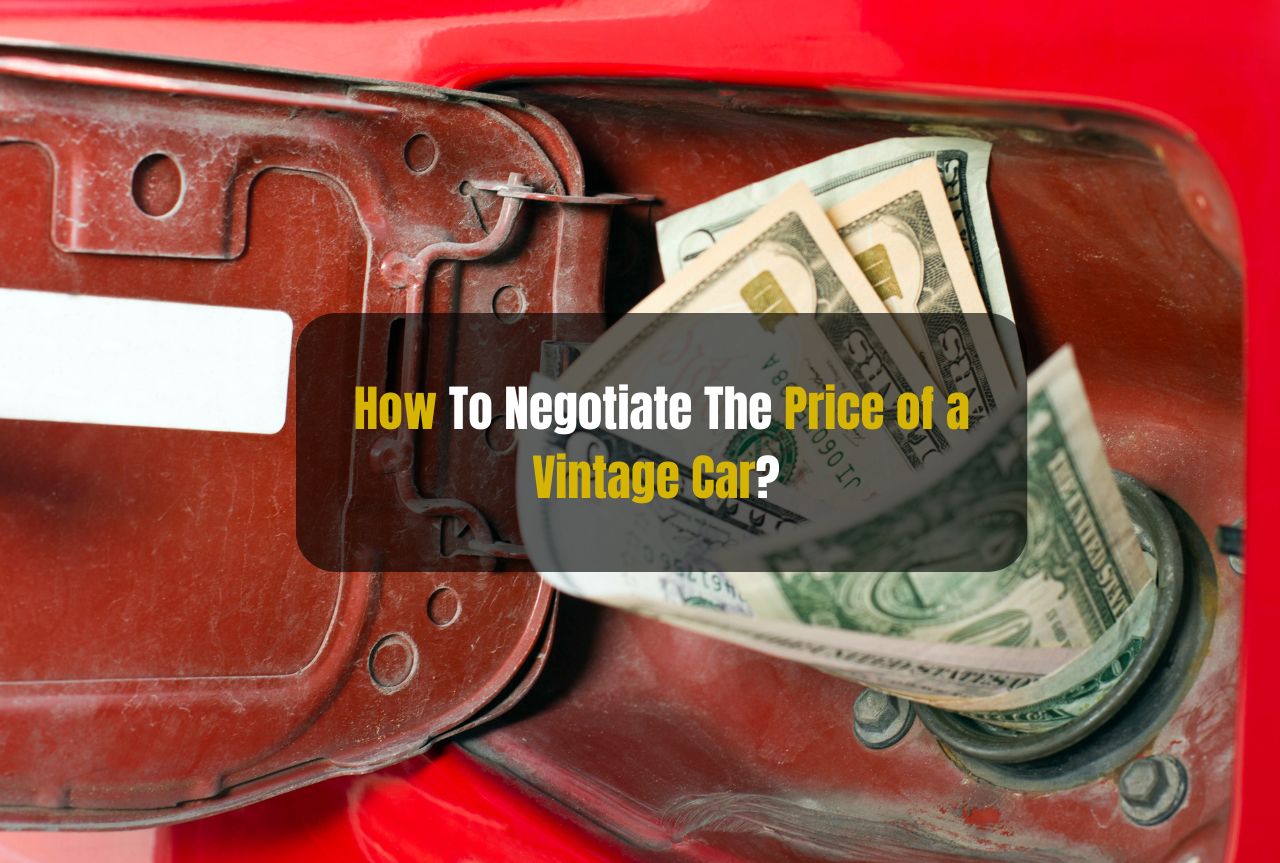Buying a car from abroad is an opportunity for an interesting shopping expedition—classic cars are available around the globe, and they may be less expensive than at home—but this also means facing several challenges.
After all, it has to get you back home. Buying a vintage car from abroad is not easy, although it is possible. Here’s your guide through the basics and the grey areas to make sure you get it right.
Research and Choose Your Car
That brings us to the first step in buying a classic car overseas: do your homework. The internet provides buyers with a largely transparent marketplace, as it is possible to search for classic cars worldwide. ClassicCars.com, Hemmings, and eBay Motors are just a few of the numerous commercial websites selling cars, parts, and accessories. As you search, remember these tips:
Check the prices:
Don’t just buy from the first shop you try. Check what other people are asking for the same model and determine what a fair price is, and more importantly, whether a deal is too good to be true.
Read Reviews and Feedback:
if you’re buying from an individual seller or a small dealer, be sure to review their comments and/or ratings for some insight into their reliability and the quality of their vehicles.
Look Carefully at Pictures: Good pictures can reveal much about a car’s shape. Look for rust, damage, and mismatched parts.
Contact International Car Clubs
That’s why joining international car clubs can be such a big help: these are groups of enthusiasts who know a lot about particular makes and models.
They’ll have advice for you, can point you to reputable dealers, and might even be willing to go with you to inspect the car if they live near the seller.
Talk with Members: Approach members via forums and social media to let them know what you’re looking for and ask for their help. What other resources do you find helpful?
Ask a Car Club Member: If the car you are considering is near a club member, they will likely be happy to check it over for you or recommend a trusted mechanic.
Understand the Costs
Some of the costs involved in buying a classic car overseas are not directly connected to the cost of the car itself. You will need to pay shipping, import taxes, and other duties before you can take your classic car home. Here is what you will have to pay.
The cost of shipping your car will depend upon the shipping method used and the distance. For example, it’s less expensive to ship a car from mainland Europe than from the USA or Asia.
RORO is usually less expensive than container shipping, but it provides far less protection to your car.
Only now, but I’m relieved to say that the accompanying Import Duties and Taxes are all right! In the UK, duty on classic cars is 10 percent of the purchase price and shipping costs, and VAT is 20 percent.
However, if your car is more than 30 years old and hasn’t been heavily modified, you may be eligible for a reduced rate of VAT (5 percent) under the’ Goods of Historical Interest’ clause.
Other Expenses: Remember insurance and possible repair costs if the car needs work before getting it running.
Arrange Transportation
Having found a vintage car for sale, you now have to arrange for its transport. This is a very good vintage in France, so if you want to buy one, you have to book your trip soon. There are many things to consider, like hiring cows to pull the car on a wooden sled or hiring a train driver for the London to Paris railway.
Drive it Home:
If you’re buying from mainland Europe, a roadworthy car should be cost-effective to drive back yourself. Before you make your decision, figure in fuel, accommodation, and the strain on the car.
Professional transport:
Professional transport is usually both easier and safer. Depending on whether the car is already in Britain or still on the continent, a multi-car transporter would cost between £800 and £1,000 from Europe. For larger distances, shipping is usually the best option. RORO shipping from the USA is approximately £1,500, while container shipping can be much higher.
Make it clear with the Seller:
Make sure that the seller understands that you will transport the car and that you will be the one to deliver it to the shipping company or port.
Handle the Legalities
Once the car has arrived in your home country, you will have to carry out some formalities before you can use it:
Register the car – in the UK, this involves filling out a V55/5 form and paying a registration fee (£55) at your local office of the Driver and Vehicle Licensing Agency, supported by all the relevant documentation: the certificate of purchase as well as the details of the car itself.
Pay Duty and Taxes Ensure that any import duties and VAT have been paid. If the car qualifies for the historic interest rate, email BTI international@hmrc.gsi.gov.uk to request a Binding Tariff Information (BTI) certificate from HM Customs.
Make sure the car has an up-to-date MOT (plus, if the car is above a certain age, it may be exempt from requiring an MOT, but that doesn’t mean you should skip the inspection). In the UK, the rules for a vintage vehicle differ from those of a classic car. For vintage cars in other countries, check specific requirements.
Insure the Car: Before driving, make sure the car is insured. Insure from a vintage car specialist insurer for the best rates and coverage.
Make Your Car Roadworthy
Even so, even if your car is exempt, it still cannot be driven unless it is deemed roadworthy. This implies that the vehicle must have, at a minimum, what is believed to be necessary to make it legal for use on the road that meets local laws, such as lighting and safety equipment. This checklist might help:
Get a refreshed engine. Save time on this because replacement engines are always available. [And make sure the car is serviced] by a mechanic used to working on old cars, who might point out stuff you didn’t know about, such as rust in the sills.
Repair And Restore: Deal With Mechanical Problems and replace Worn Or Damaged Parts.
Local Regs: Confirm your vehicle is compliant with local law (i.e., an import could require lights to be retrofitted, safety belts to be installed, etc.)
The Bottom Line
All of my recommendations are based on personal experience, the good, the bad, and the ugly. Foreign car buying can turn out to be a great adventure, but only for those who prepare for it, do the research, understand the true total costs, and understand their legal responsibilities.
This is part of the ordeal that foreign car collectors have come to expect, and we are all much richer for it.








Leave a Comment